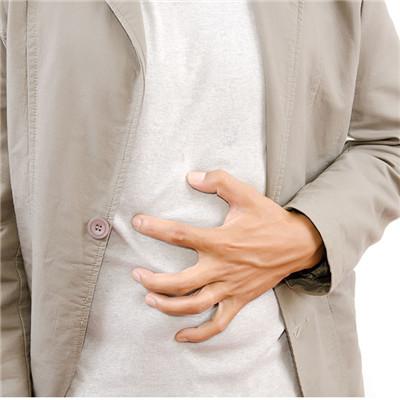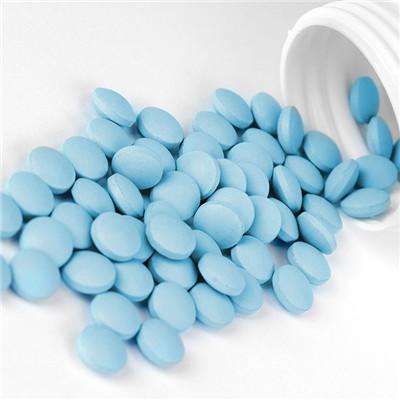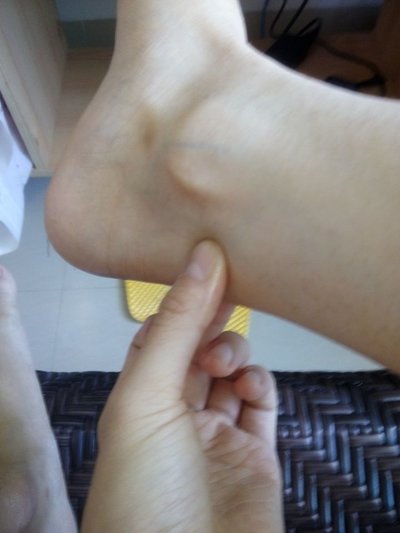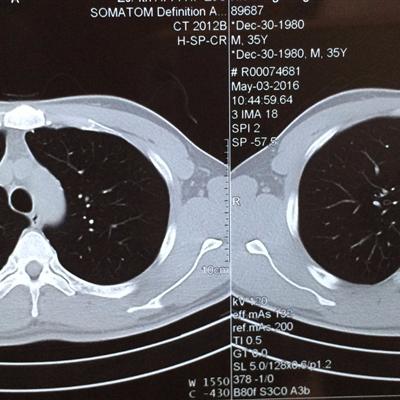What kind of symptom is gastric haemorrhage
summary
Gastric bleeding is commonly known as upper gastrointestinal bleeding, more than 40% of which is caused by gastric and duodenal ulcers. People with a history of gastrointestinal bleeding are prone to get sick, such as overwork, irregular diet and abnormal emotional tension; The second is acute hemorrhagic gastritis caused by gastric bleeding, gastric bleeding to timely treatment, nursing. What kind of symptom is gastric haemorrhage? Let's talk about it
What kind of symptom is gastric haemorrhage
Hematemesis and (or) melena are the characteristic manifestations of upper gastrointestinal bleeding. Hematemesis and melena often occur in patients with bleeding above pylorus, but melena only occurs in patients with bleeding below pylorus. However, the lesions above pylorus with small amount of bleeding and slow speed can only see melena, while the lesions below pylorus with large amount of bleeding and fast speed can cause hematemesis due to blood flowing back into the stomach.

2. Hemorrhagic peripheral circulation failure can be asymptomatic within 400ml of bleeding volume, moderate bleeding volume can cause anemia or progressive anemia, dizziness, weakness, sudden rise can produce syncope, thirst, limb cold sensation and low blood pressure, etc. Shock can occur when massive hemorrhage reaches 30% - 50% of the whole body blood volume, which is manifested as restlessness or unconsciousness, pale complexion, cold and wet limbs, cyanosis of lips, dyspnea, undetectable blood pressure drop, reduced pulse pressure difference, rapid and weak pulse, etc.

3. Anemia and Hemogram changes all have hemorrhagic anemia after acute massive hemorrhage. In the early stage of hemorrhage, hemoglobin concentration, red blood cell count and hematocrit have no obvious changes, and anemia usually takes more than 3-4 hours. The white blood cell count increased significantly after 2-5 hours of upper gastrointestinal bleeding, and returned to normal 2-3 days after hemostasis. However, in patients with cirrhosis and hypersplenism, the white blood cell count may not increase.
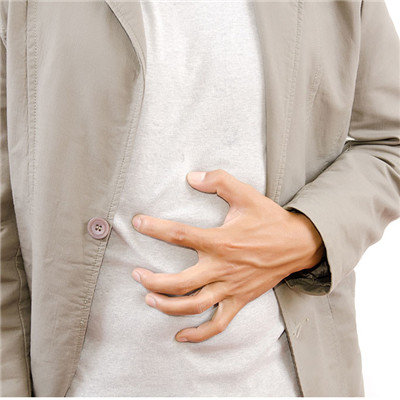
matters needing attention
1. Should always keep enough vigilance: Patients with chronic liver disease to understand and master the current state of their liver disease, such as whether there is cirrhosis, whether there is esophageal or gastric varices, etc. Patients must follow the doctor's advice and guidance, avoid inducing factors of gastric bleeding, avoid fluke psychology. 2, reasonable rest, not overwork: due to the lack of liver function, patients with chronic liver disease can not meet the needs of full load work. Therefore, we should pay attention to rest, do what we can, work and rest. Walking, practicing Qigong, Taijiquan and other relatively slow sports are advocated, which are not suitable for fast running, brisk walking and other violent activities.
